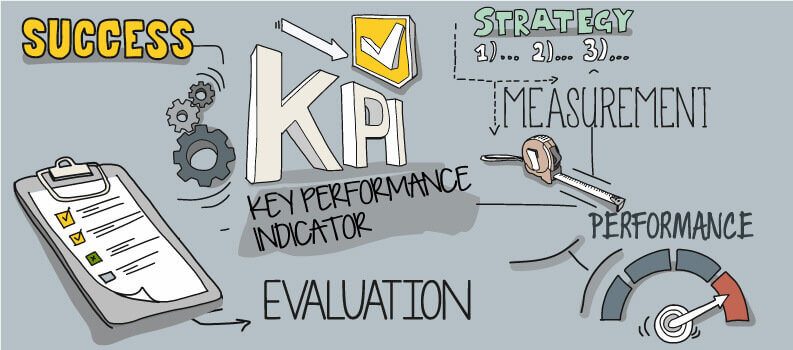Knowing your sales team KPIs is vital to meeting the needs of your prospects and customers and consistently reaching objectives. Knowing the primary metrics to assess helps you guide your team toward its goals.
The following is an overview of some of the best sales team KPIs.
1. Win Rate
Time is money in selling, and the win rate of your reps and team indicates how much time it takes to drive conversions. Win rate is determined by identifying the percentage of opportunities won to total opportunities.
The lead-to-conversion ratio is a similar KPI to evaluate conversion efficiency. If a rep converts 10 out of 100 leads, a 10 percent ratio is achieved. Compare this rate to your goals and industry standards.
2. Average Order Size
The most profitable sales firms place heavy emphasis on average order size. The larger the order, the more value you gain from a selling cycle. If your average order size is below your objective, you can train reps on building better rapport and more effectively adding value to fully meet a prospect’s needs.
You also want to isolate average order size metrics for new customers as well as repeat purchases. Typically, customers place larger orders over time as they gain comfort with a provider and recognize enhancement opportunities.
3. Average Sales Cycle Time
Average sales cycle time is another measurement of team efficiency. Reps that complete selling cycles in ten days are going to turn over more contacts than those that take 20 days. Evaluate cycle times for won and lost deals separate as well. Sometimes, a long cycle time results from reps continuing to pursue low-likelihood opportunities for too long.
As with average order size, it is beneficial to compare the average cycle time for first-time conversions with those for repeat purchases or renewal orders.
4. Sales Growth
Even if reps meet current goals, it is important to monitor their improvement over time. Track monthly sales growth to determine if your reps are amplifying successful activities and eliminating time wasters. Similarly, track results on a quarterly and annual basis.
5. Retention Rates
Customer retention rates and churn rates are also keys to achieving long-term profitability. Retention rates are based on the percentage of your starting customer base that remains active after the period (usually 12 months). Churn rate is the percent of customers lost during a period.
Typical companies lose 15 to 20 percent of their customer base annually, though this measurement varies by industry. If your business has a high churn rate, coach reps on follow-up, follow-through and, relationship-building techniques.
Conclusion
These are among the most important key performance indicators to track for your sales team. Collectively, the best sales team KPIs offer thorough insights into the effectiveness of your reps at present, along with their capacity for growth and contributions to profitability.
Salesgenie can help your team optimize performance by targeting precise contacts with detailed, thorough data, and delivering professionally-designed messages; create your Salesgenie account for free today!





